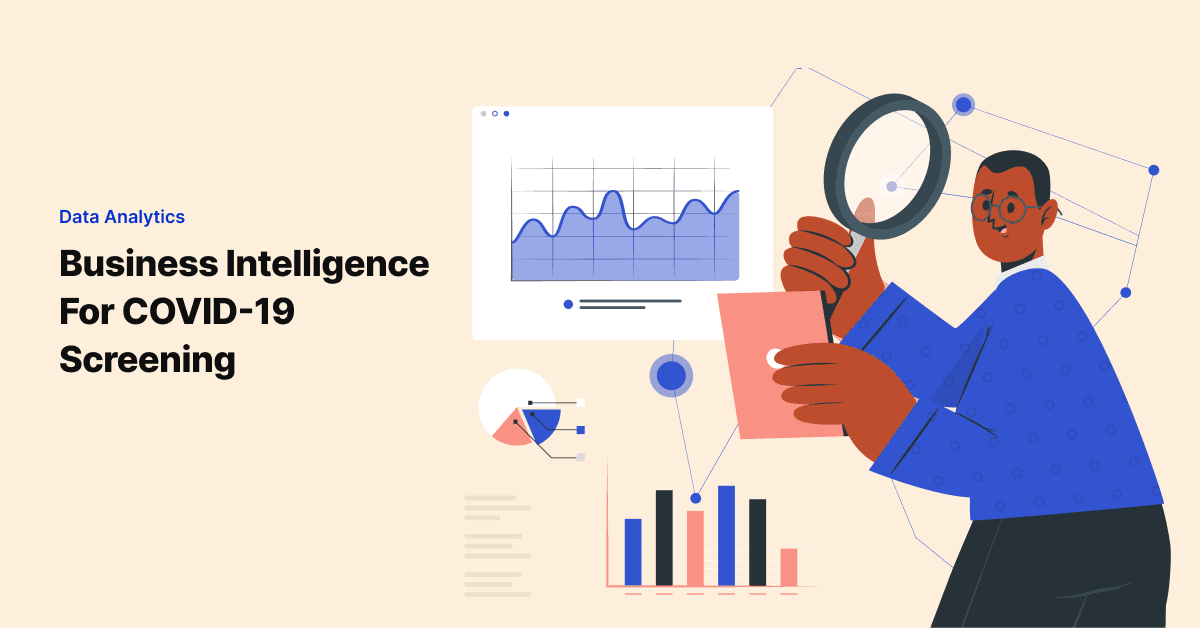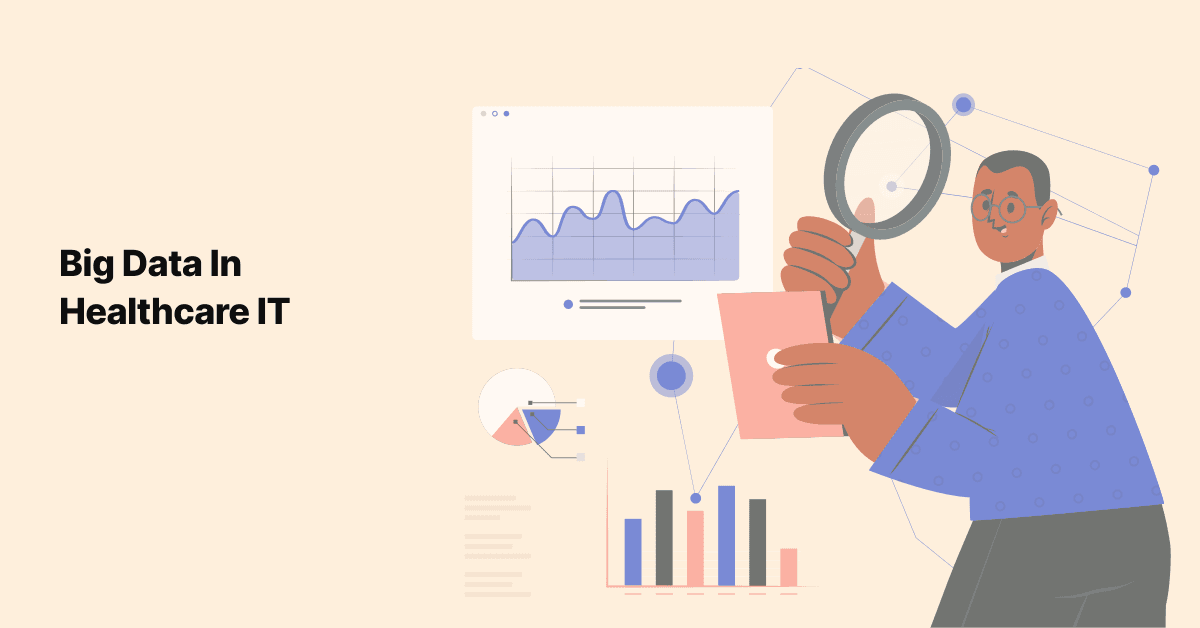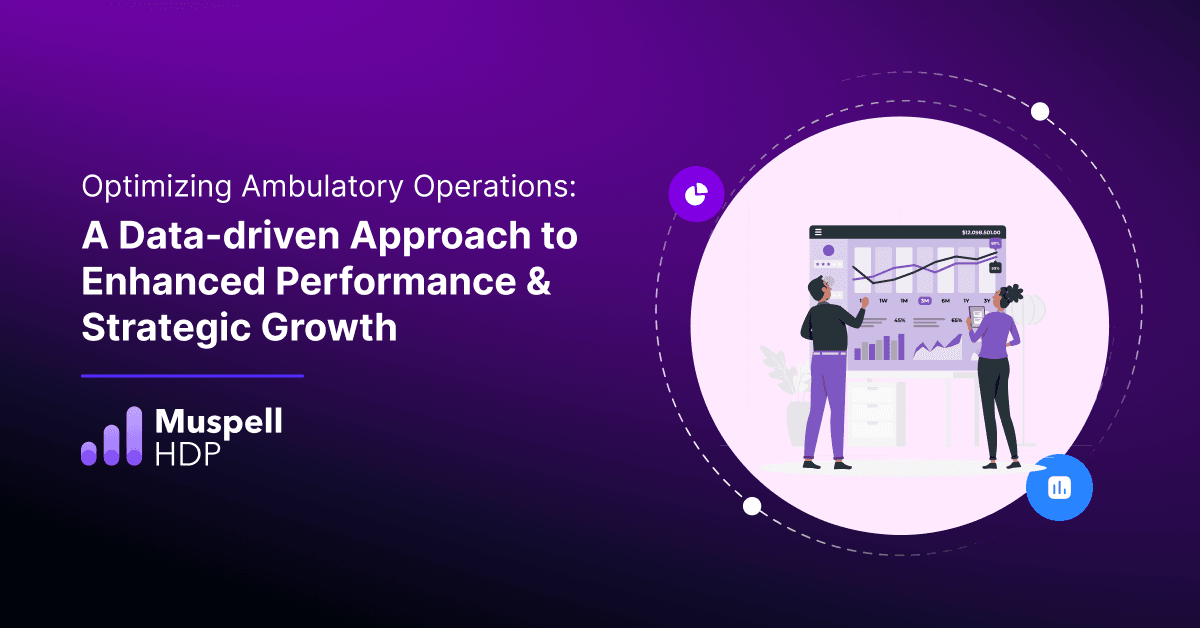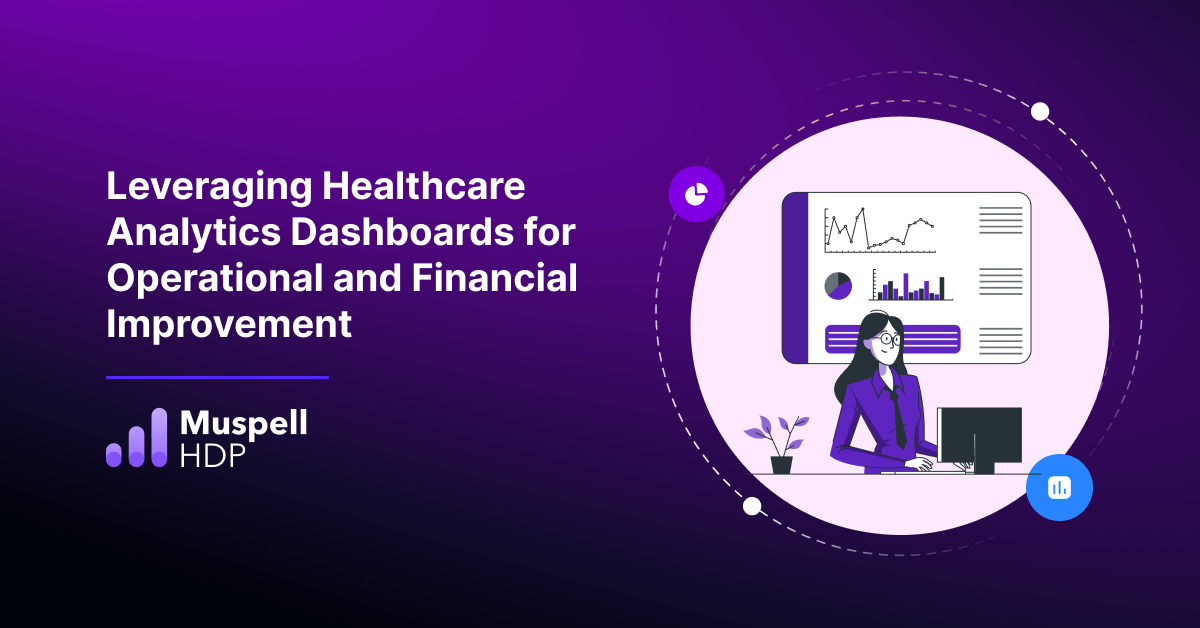
Leveraging Business Intelligence for Covid-19 Screening
There are many opportunities in healthcare IT that have been exponentially embraced as our entire world faces …

We are most definitely in the age of data as a currency all its own. Where some data is good, more is decidedly much, much better. Particularly in healthcare IT, Big Data has become the desire of health systems big and small-ish. But what exactly is “Big Data” in healthcare? Given the technological advances and adoption of solutions like EHRs, HIEs, cross-community integrations, and more, there is an abundance of data to support patients and providers, and hospitals and health systems managing care. The aggregation of this Big Data allows for robust data warehousing and data lakes to drive not only responsive care but also proactive care (including predictive data analytics).
Now that we know what Big Data is, let’s examine some of the awesome capabilities that come when hospital systems dive into the data lake, pun intended.
Healthcare data has often been unintentionally siloed due to cumbersome physical storage and on-prem management. Moving toward cloud infrastructure and architecture is a massive step forward for hospitals that desire to exchange data and provide powerful solutions to their stakeholders: physicians, administrators, payors, and more! Big Data is far more valuable when aggregated strategically via data warehousing that “flattens out” information in the cloud for many possible uses and recipients, be it dashboards, Clinical Decision Support, reporting, etc. Imagine the incredible visualizations possible and questions answered when data points are normalized and ready to be “sliced and diced” from any angle, for any purpose within HIPAA guidelines, of course!
In addition to better preparedness for Big Data reporting and analytics, health systems that opt for cloud solutions can also enjoy the benefits of enhanced security and scalability. With on-prem solutions, hospitals have to consider what they need today and in the future and are often playing for later now. With cloud hosting, organizations only pay for what is needed to support the current load and can be added to nimbly and securely at any point. By utilizing cloud healthcare solutions, HIPAA compliance is practically baked into the management and delivery of technology infrastructure, and maintenance can be largely outsourced for more efficient operations.
Health organizations that are competing for payor contracts or desiring to thrive in capitated care models give themselves a significant leg up when they tap into the power of big data for healthcare. By collecting, normalizing, and efficiently storing ePHI (as well as other operational and financial data), a healthcare delivery platform is established that offers significant value and competitiveness for any model that relies on access to data to drive care and identify gaps.
Many hospitals and clinics are struggling even to get a baseline understanding of what they do and don’t know about their care population, so those who’ve made the investment in their data infrastructure, security, and delivery (via integrations and interfaces) are way ahead of the game to already be in the mode of optimization. But this is largely possible on the heels of a healthcare Big Data strategy that understands how vital data — and a lot of it — is for moving the needle on care, cost, and compliance.
As we have found through live, in-person learning, people are vastly different, and as a result, they learn and absorb information differently. By leveraging a “cookie-cutter” approach to distance learning, facilitators often find their online learning events and content “lacking.” Have you ever signed into a webinar, walked away, and returned later? This is often the case for learning that has little to no engagement.
Efficiency and success within the virtual classroom start in the design phase. Many online iterations have content transferred from an in-person curriculum and expected to fit into the virtual approach. Occasionally, this works for a short time. When virtual learning aspects are integrated into the design phase, the content is provided in a way that allows for student engagement.
Conversations must be had, much like in a live in-person classroom environment. The person-to-person component is what many transitions miss. What about polls and surveys? These can be integrated into any virtual classroom event to keep the learners engaged and aligned with the content and overall approach. By taking the time to design your content for a virtual delivery, you will have the ability to provide quality and a long-term learning approach. You can motivate your learners by providing them with relevant and engaging training that they will remember and use for the rest of their careers.
Not all things are created equal, especially as it pertains to training. Take the time to measure your approach, twice if you need to, to ensure that come implementation, your process is seamless and fruitful for the coming years.
Join over 3,200 subscribers and keep up-to-date with the latest innovations & best practices in Healthcare IT.

There are many opportunities in healthcare IT that have been exponentially embraced as our entire world faces …

The landscape of healthcare is undergoing a significant transformation, with ambulatory care emerging as a …

The healthcare landscape is characterized by escalating costs and an increasing demand for operational …